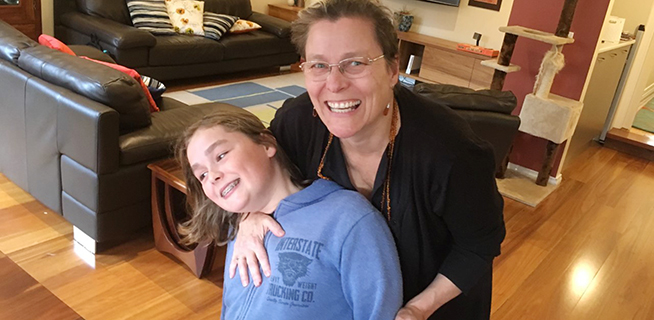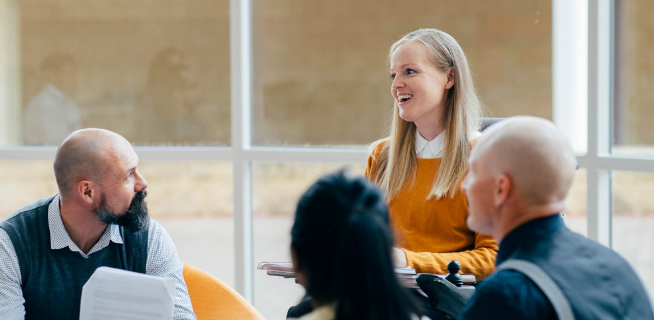Whether you are new to giving or a long-standing member of our community, understanding structured giving and knowing how to talk about your own giving journey isn’t always easy.

Meet Olivia Clark-Moffatt, Director of Engagement
We chat with Olivia Clark-Moffat about her varied career in the community and for-purpose sectors, and her latest role as Director of Engagement at Australian Communities Foundation.



